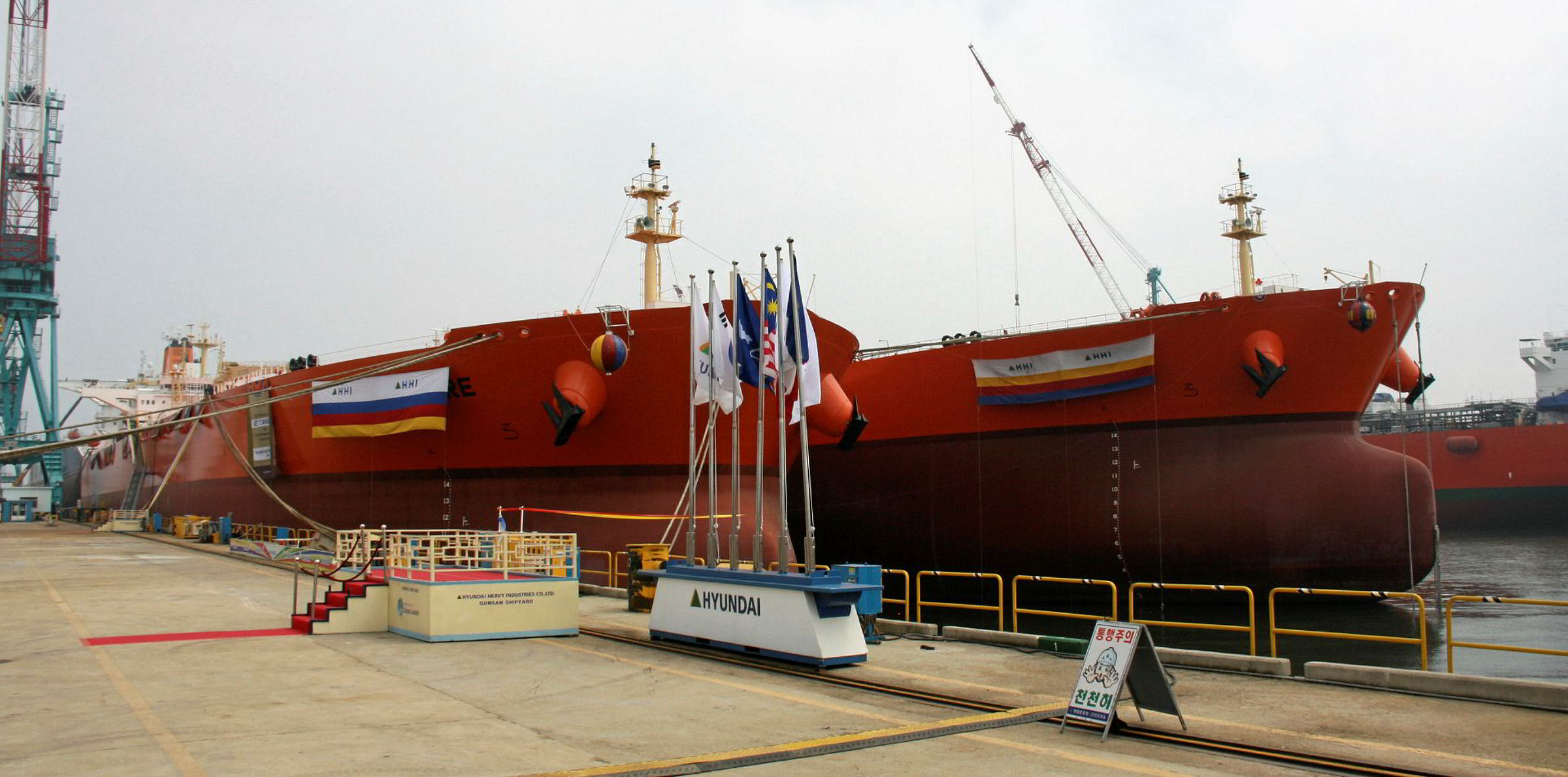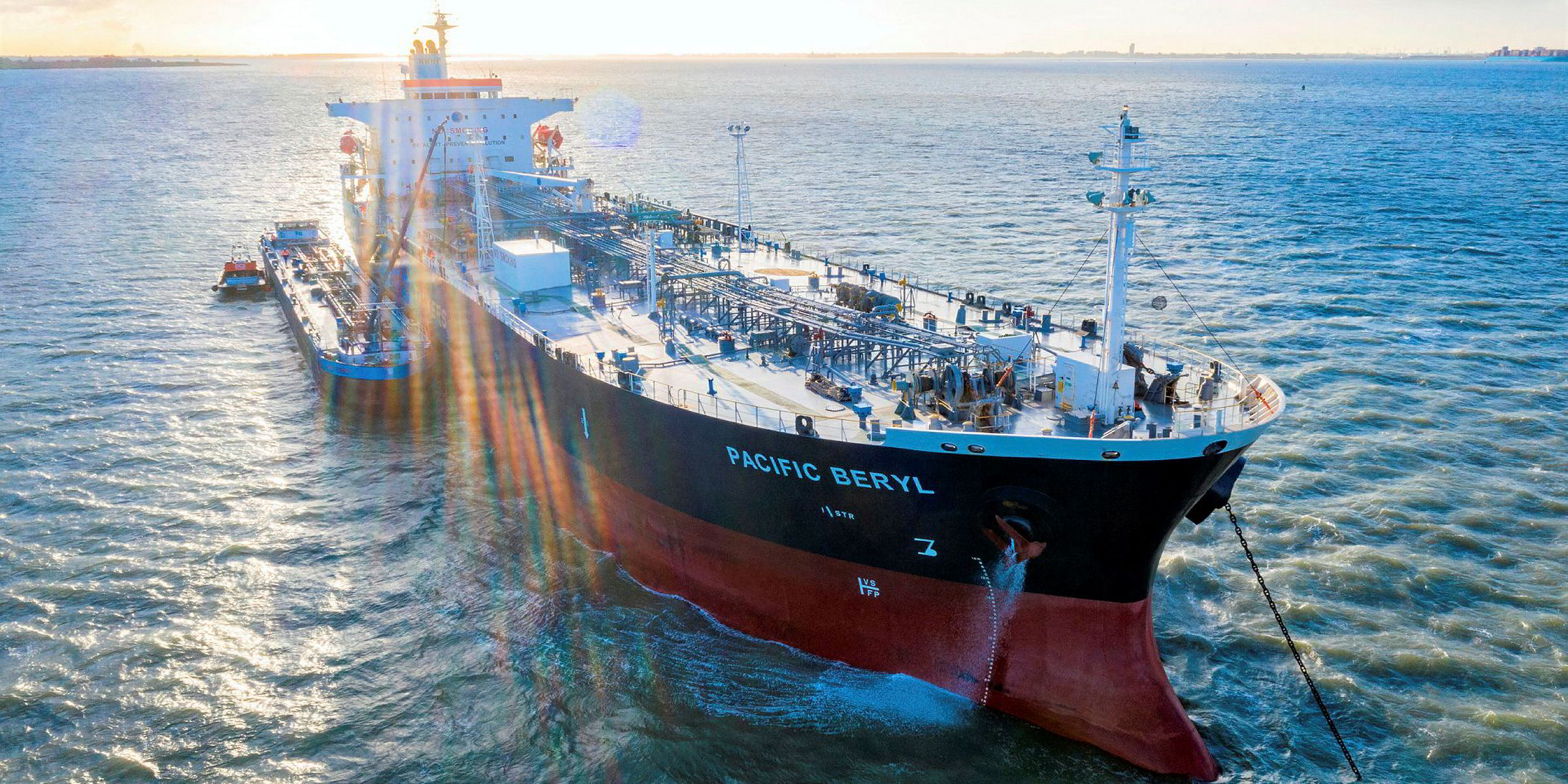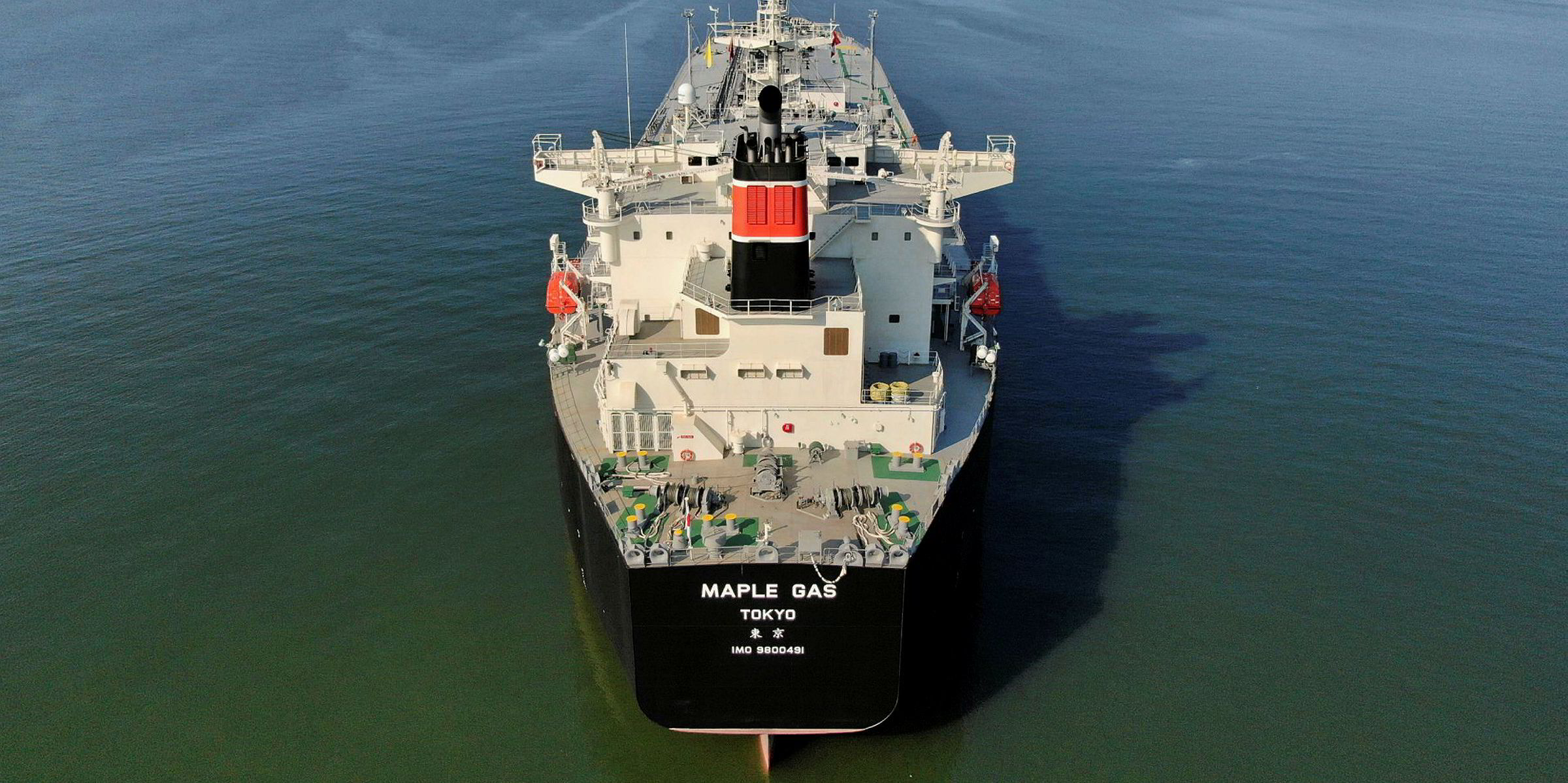Amid the general weakness of newbuilding markets this year, one type of order has stood out: dual-fuel newbuildings on the back of long-term charters.
Such projects include AET Tankers’ two VLCCs at Samsung Heavy Industries, which is backed by Total, and U-Ming Marine Transport’s six capesize bulkers at Shanghai Waigaoqiao Shipbuilding, backed by Anglo American.
Those vessels are generally designed to be powered by both LNG and conventional oil-based fuels, with the exception of VLGC newbuildings that will be able to run on LPG.
Data from Clarksons Research shows 16% of the global orderbook is now “LNG-capable” in dwt terms, up from 11.3% at the end of 2019.
Analysts suggest this trend arises from regulatory pressure to decarbonise as the International Maritime Organization aims to cut greenhouse gas emissions from international shipping by half by 2050.
“Shipowners need to ensure that the long-lived assets in which they are investing will not require major additional investment to comply with future regulations or, in the worst case, be rendered obsolete by them,” Maritime Strategies International director Stuart Nicoll said.
LNG as a marine fuel is not sufficient to meet the 2050 target, and many believe hydrogen, ammonia and other low-emission fuels are required in the long run.
But the newbuilding market development shows more companies are willing to view LNG as a transitional fuel before technical and commercial challenges for other options are overcome.
“The propulsion system will definitely move towards dual fuel,” Drewry Maritime Advisors director Jayendu Krishna said. “In the medium term, it is likely to be led by LNG.
“LNG is the only fuel for which there will be surplus production which can be used as [a] bunker.
“In the longer term, it will be a combination of multiple fuels, namely ammonia, hydrogen, biofuel, methanol, LNG and LPG. Some may also be electrified, use ethane or nuclear fuels.”
However, with dual-fuel vessels generally costing up to 30% to build, most shipowners are only willing to order them when they can find long-term charters.
This tendency has been exacerbated by the financial uncertainty during the Covid-19 pandemic.
Bimco chief shipping analyst Peter Sand said a newbuilding may only be ordered with “a charter attached to it from the very beginning”.





